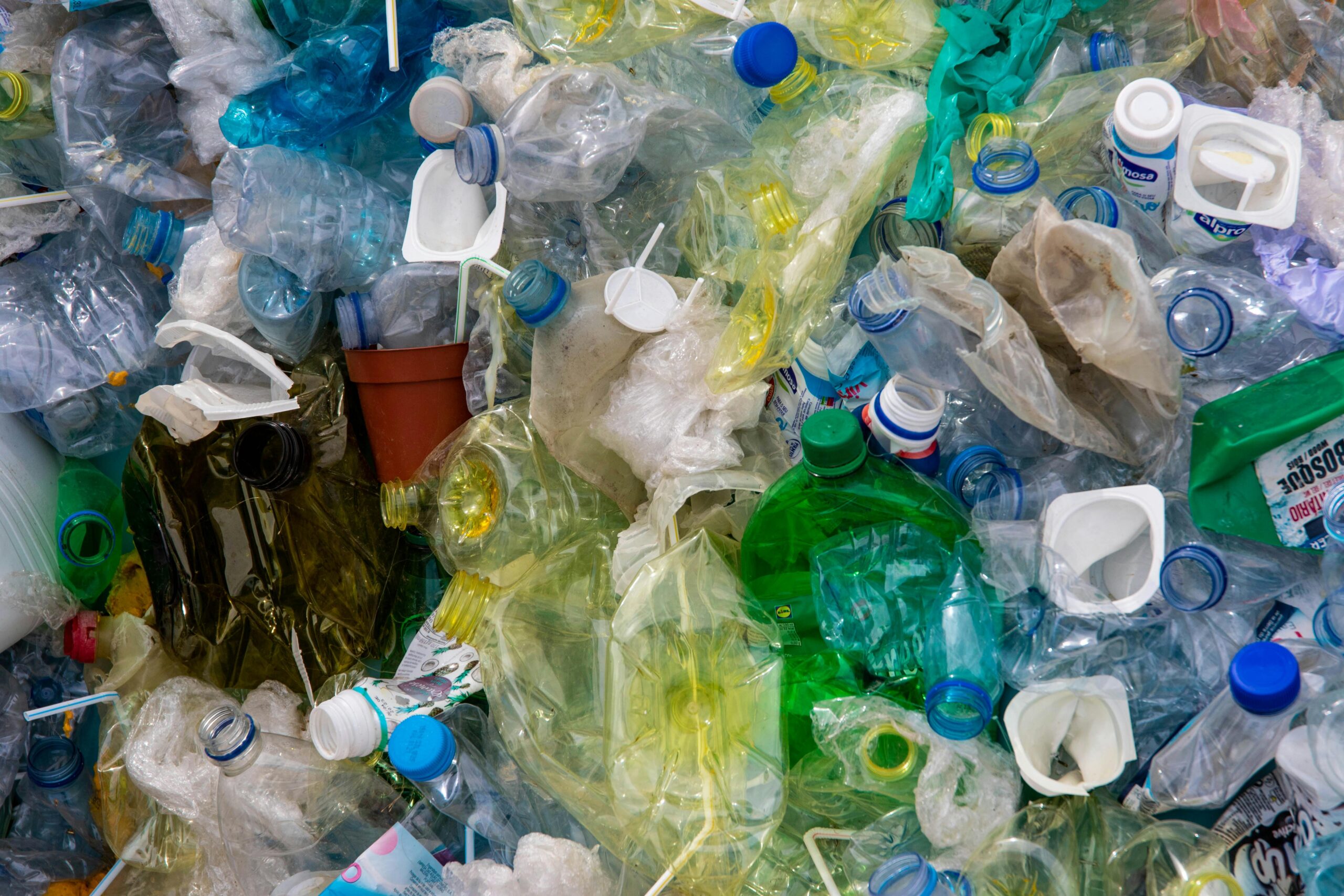Bottle Caps Spread Microplastics To Humans

Scientists have searched for the source of microplastics for years. They are found in the deepest parts of the oceans and human blood vessels. Tons and tons of them are made each year. There is a theory that most of the microplastics consumed by people come from packaging and plastic bottles. A new study shows that glass bottles are a major source, but there is a catch.
Researchers were surprised to discover that glass bottoms could produce plastic particles. Glass should not be a source of plastic at all. When they looked more closely, they found bottle caps, some of which were painted. That turned out to be the reason.
French Research
France’s food safety agency, ANSES, did extensive testing. “The paint, used for branding and sealing purposes, can deteriorate under certain conditions, leading to the release of microplastics.” The conclusion is not to just look in obvious places.
Every week, a typical American consumes approximately five grams of plastic, equivalent to the size of a plastic bottle cap. According to a study from Stanford, “The particles have been found in multiple organs and tissues, including the brain, testicles, heart, stomach, lymph nodes, and placenta. They’ve also been detected in urine, breastmilk, semen, and meconium, which is a newborn’s first stool.” Although testing is in early stages, these plastics can affect blood circulation and lung cancer.
More from ClimateCrisis 247
- U.S. Military Emissions Higher Than Ethiopia’s
- Living In Delhi Like Smoking 1,797 Cigarettes A Year
- Mississippi Tops List Of Plastic Pollution
- In Some Of The World’s Largest Cities, It’s Too Hot To Live






